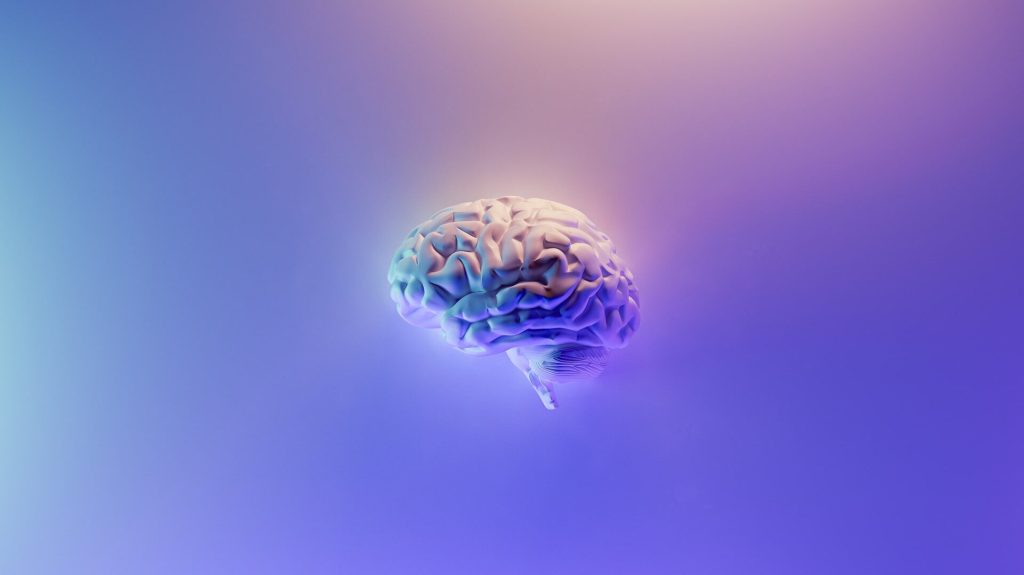Concussions from American Football Slow Brain Activity of High Schoolers

A new study of high school American football players found that concussions affect an often-overlooked but important brain signal. The findings are presented at the annual meeting of the Radiological Society of North America (RSNA).
Reports have emerged in recent years warning about the potential harms of youth contact sports on developing brains. Contact sports, including high school football, carry a risk of concussion. Symptoms of concussion commonly include cognitive disturbances, such as difficulty with balancing, memory or concentration.
Many concussion studies focus on periodic brain signals. These signals appear in rhythmic patterns and contribute to brain functions such as attention, movement or sensory processing. Not much is known about how concussions affect other aspects of brain function, specifically, brain signals that are not rhythmic.
“Most previous neuroscience research has focused on rhythmic brain signaling, which is also called periodic neurophysiology,” said study lead author Kevin C. Yu, BS, a neuroscience student at Wake Forest University School of Medicine. “On the other hand, aperiodic neurophysiology refers to brain signals that are not rhythmic.”
Aperiodic activity is typically treated as ‘background noise’ on brain scans, but recent studies have shown that this background noise may play a key role in how the brain functions.
“While it’s often overlooked, aperiodic activity is important because it reflects brain cortical excitability,” said study senior author Christopher T. Whitlow, MD, PhD, MHA, radiology professor at Wake Forest University School of Medicine.
Cortical excitability is a vital part of brain function. It reflects how nerve cells, or neurons, in the brain’s cortex respond to stimulation and plays a key role in cognitive functions like learning and memory, information processing, decision making, motor control, wakefulness and sleep.
To gain a better understanding of brain rhythms and trauma, the researchers sought to identify the impacts of concussions on aperiodic activity.
Pre- and post-season resting-state magnetoencephalography (MEG) data was collected from 91 high school football players, of whom 10 were diagnosed with a concussion. MEG is a neuroimaging technique that measures the magnetic fields that the brain’s electrical currents produce.
A clinical evaluation tool for concussions called the Post-Concussive Symptom Inventory was correlated with pre- and post-season physical, cognitive and behavioral symptoms.
High school football players who sustained concussions displayed slowed aperiodic activity. Aperiodic slowing was strongly associated with worse post-concussion cognitive symptoms and test scores.
Slowed aperiodic activity was present in areas of the brain that contain chemicals linked with concussion symptoms like impaired concentration and memory.
“This study is important because it provides insight into both the mechanisms and the clinical implications of concussion in the maturing adolescent brain,” said co-lead author Alex I. Wiesman, PhD, assistant professor at Simon Fraser University. “Reduced excitability is conceptually a very different brain activity change than altered rhythms and means that a clear next step for this work is to see whether these changes are related to effects of concussion on the brain’s chemistry.”
The findings from the study may also influence tracking of post-concussion symptoms and aid in finding new treatments to improve recovery.
“Our study opens the door to new ways of understanding and diagnosing concussions, using this novel type of brain activity that is associated with concussion symptoms,” Dr Whitlow said. “It highlights the importance of monitoring kids carefully after any head injury and taking concussions seriously.”




